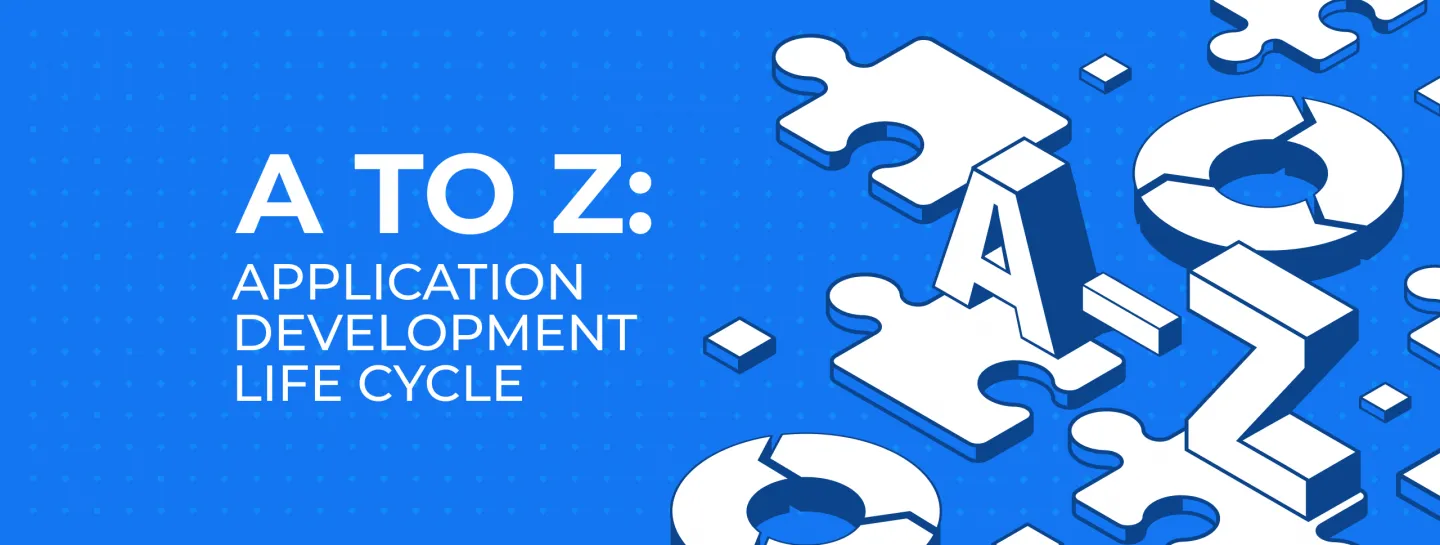
What is the application development life cycle?

Mobile applications have already been strongly embedded in our daily routine, and today we use apps more than ever before: to order taxis, watch cake recipes, buy new t-shirts, attend online courses and countless other things. Just have a quick glance around–people are glued to their phones; we pick them up an average of 262 times a day. That is great news for app developers. 2021 brought us 2 million new apps, but if we have a look at the typical smartphone, we will find 80 apps, give or take, and only 9 are used on a daily basis. This means that before creating an app, a lot of analytical work should be done. Moreover, knowledge of the app development process will decrease the number of pain points and will help to understand what questions must be answered beforehand.
.webp)
So, application development life cycle (ADLC) is the term that describes the whole process of app development done by IT professionals. It can be divided into 6 phases. Let’s dwell on each in more detail.
- Discovery phase
Going with your gut or working at random are not the best options when planning the app development. In order for the app to be honed to perfection, it is necessary to thoroughly, step by step, analyze possible pitfalls. In the beginning, you may have far more questions than a clear picture. What you should probably go into:
- competitive analysis to entice your target audience;
- software specification–technical feasibility;
- feature mapping;
- budget allocation and deadline setting.

- Design: From sketch to prototype
Your app should be remarkable. Among millions of others, it should shine brightly enough to win hearts. Today, the app creates a cozy atmosphere with emotional closeness, and it can be achieved by the external appearance, innovative features, and the way it is conducted. So, in this step, UI/UX designers create a skeleton and, at the end, demonstrate a clickable version of the app. It helps to understand the connection inside the app and check the priorities and functions.
- Development
As the exterior is ready, it is time to configure the technical filling. Our programmers join the work and, using coding languages, build the frontend and backend parts of the product with all essential features. This step is responsible for maximum user convenience, usability, and, of course, stability of the system and trouble-free smooth work. The first version of the Minimum Valuable Product (MVP) is a result of the all previous work steps.
- Quality Assurance
They say that repetition builds perfection. That’s why we pay special attention to a proper test of the product. In order to prevent angry feedback from users and hasty bug fixes in the future, in Magora, we do checks that help to avoid 90% of all potential risks. Auto or manual tests, or both, ensure the high quality of the product. The final overview also allows us to understand whether all the wishes from the discovery phase were met.

- Release
It is, finally, the time to exhale and present the finished product to the world. You may download it to the store or put it into operation within the company. Even if the main part of the app development is done, nevertheless, the next step is undesirable to skip, if you want the app to thrive and always be relevant.
- Maintenance
The world always moves ahead and, with time, it will be necessary to add some advanced features to the app or customize it according to the operating room changes. No matter if it is preventive maintenance or corrective, if something has already gone wrong, our team will always be close enough to help with lightning speed.
Even though there are six steps mentioned above, there is one more crucial part in app development. In order to reach your audience in a better way, you need to understand what your audience is. That is why proper marketing research that includes SWOT and competitors analysis, customer segmentation and hypothesis is an important part of your product development. Don’t be confused with unfamiliar words, Magora is there for you with its talented team and willingness to brainstorm on marketing ideas with following benchmarking.
ADLC requires a lot of effort to go from the very first point to the finish line. But it makes clear the responsibilities of each at every point in the process. Magora is happy to share the whole exciting journey with you.





